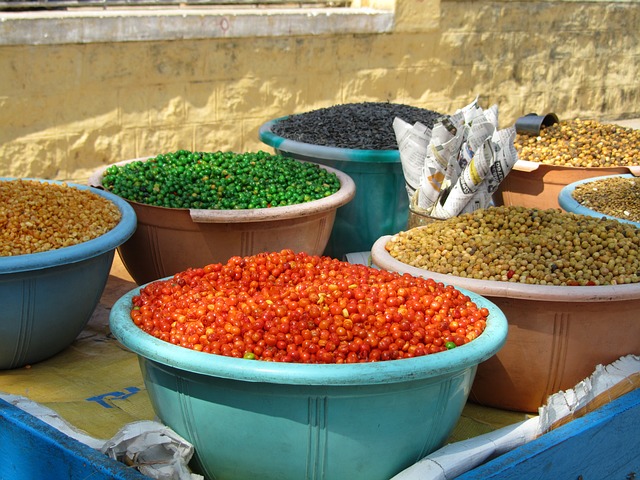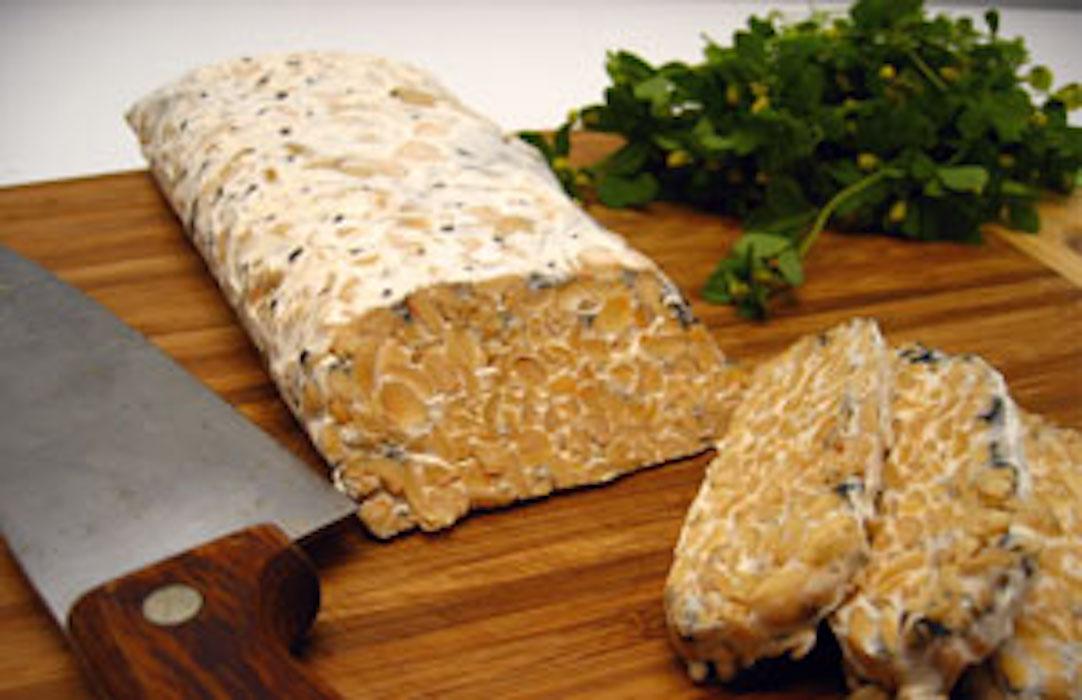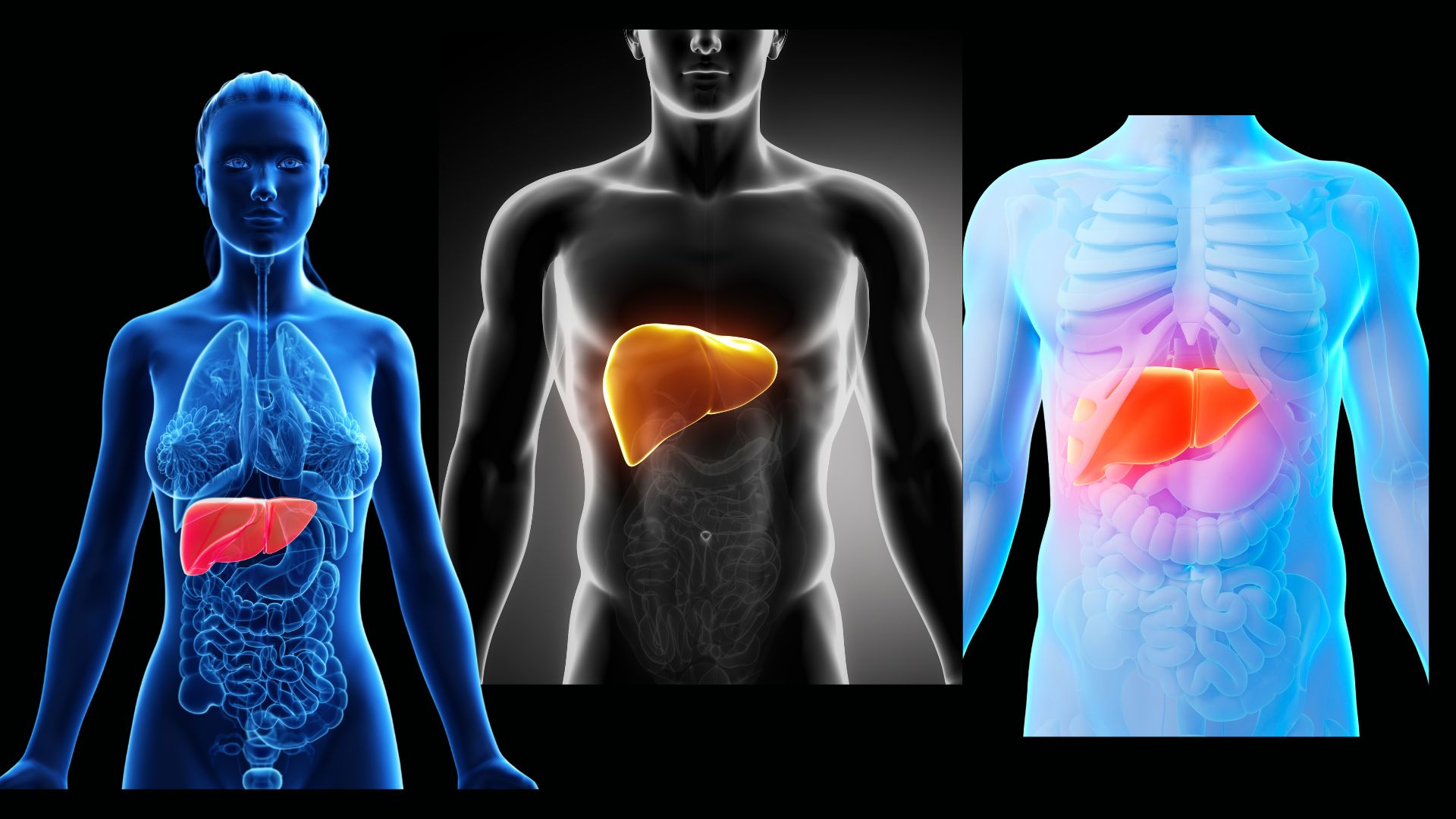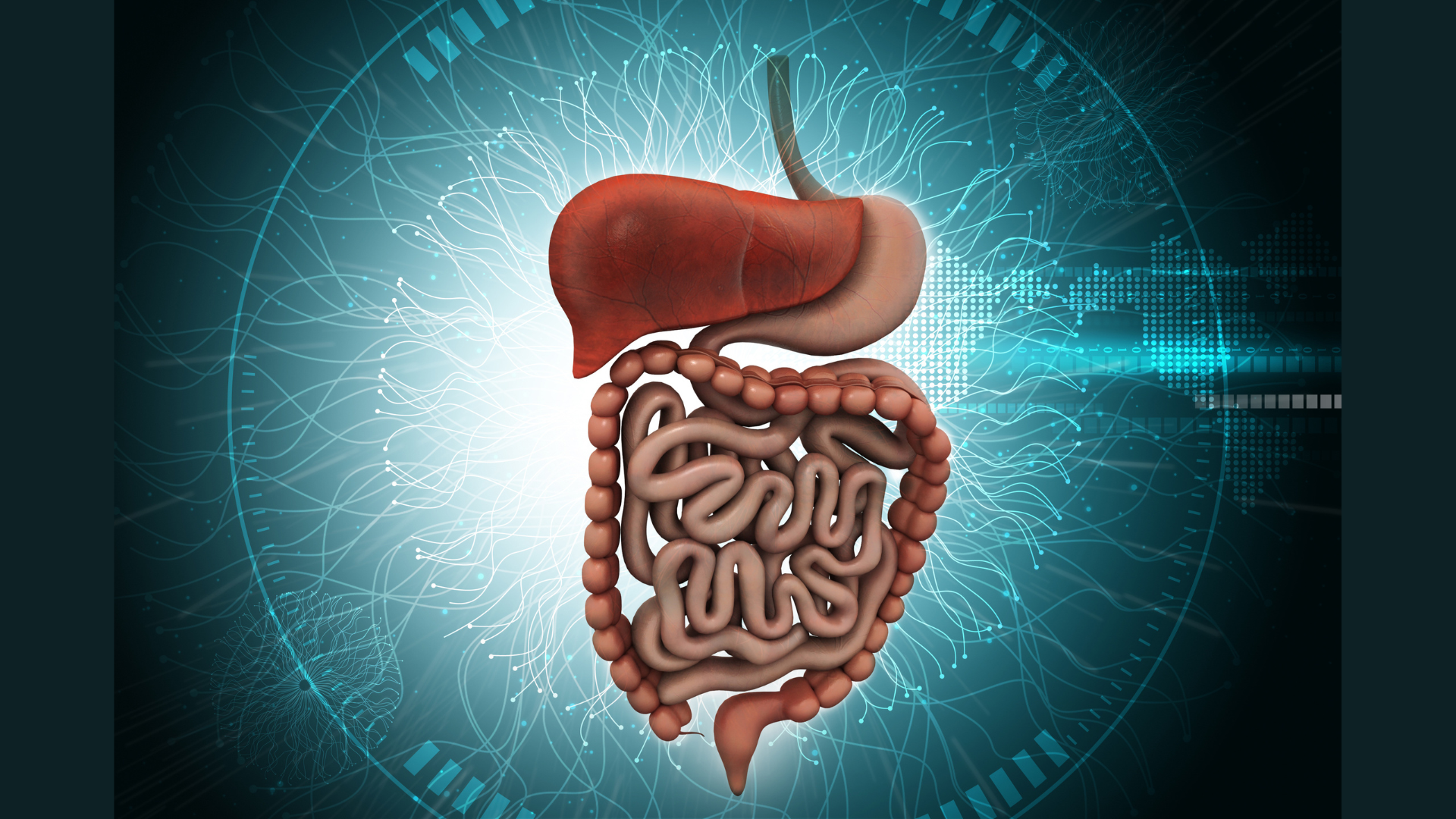Vegetarian Proteins
Stay Strong, Healthy and Lean
Vegetarian proteins are an important part of any diet. A common misconception of vegetarian or vegan diets is not enough protein is consumed. Fortunately, for those who follow these types of diets, this is not true.

While the recommended daily amount of protein for women is around 47 grams per day and men at 56 grams per day, a well-rounded, plant-based diet can easily provide this amount and provide complete protein, too.
In addition, every plant food contains highly digestible protein (it is the building block of life, after all) and they are high in fiber, lack unhealthy cholesterol while alkalizing our body all at the same time.
A complete protein is food that contains all the essential amino acids; which are those our bodies cannot manufacture. It was once believed the only source was animal protein. After realizing sufficient protein can be found in plant food, it was believed that you had to consume a combination of vegetarian proteins in the same meal to fulfill the requirements to make the proteins complete.
Now we know that eating a variety of plant based proteins throughout the week can provide your nutritional requirement. If you are vegetarian or vegan, becoming aware which foods contribute to this can help you avoid health issues. If you are not vegetarian but want to include plant based meals in your diet, this article can give you some ideas. So let's get started!
Vegetarian Proteins
Tofu and Tempeh are first on our list because many people think of these foods when they think of vegetarianism. Tofu is a commonly found processed food made of soybeans and contains around 8 grams of protein per serving. Tempeh is its fermented cousin and contains around twice the amount of protein and sometime higher; up to 18 grams per serving. Tofu has a softer, more porous texture, allowing it to be made into milks, cheese and other dishes, and easily takes on the flavor of the sauces and foods it is cooked with. Tempeh is a firmer texture, and more often used as a meat substitute.
Of the two, tempeh is considered healthier. The fermented version is more easily digested by our bodies and less processed than tofu. The texture is firmer, making it easier to cook with. Look for the organic version to avoid genetically modified soybeans.
There is much controversy surrounding tofu. One issue is that it is a highly processed food, and many of us know the more processing, the less true nutrients are left. In addition, tofu contains a significant amount of isoflavenoids and phytates found; either of which are shown through research to be good or bad, depending upon how much is consumed. Unfortunately, isoflavenoids are known hormone disruptors and phytates inhibit absorption of important minerals such as iron and calcium; although this is more prevalent where nutritional deficiencies are already found. Another problem is that soy can be difficult to digest, as beans tend to be. This is why many swear by the fermented version; tempeh.
Fermenting tofu into tempeh makes it more digestible, which naturally allows your body to fully take advantage of the nutrient content; an often overlooked problem with soy milk products. Fermentation can reduce isoflavenoids by around 30%, reducing the chance of interfering with natural hormones.
However, the fermentation process does not show a change in phytates.
Since research shows the blocking of minerals by phytates happens
more when deficiencies are already present, many believe eating them
is best in moderation. If you do eat tofu or tempeh, be sure to
consume foods that contain important minerals at a different time
than while eating this type of protein to be on the safe side.
Legumes, Beans and Lentils are next on
our list of vegetarian proteins. Peas fall into this category and
contain almost 8 grams of protein per cup, about the same as a cup of
milk. If you are not a fan of peas in your soup or salad, try making
a pesto by blending and then mixing with toasted pine nuts, mint, and
olive oil, or make a hummus replacing garbanzo beans with peas.

More common beans for vegetarian protein come in many varieties, each containing about 14 grams of protein per cup. Some to consider are; black or white beans, pinto, and heirloom beans. If you prepare and cook dried beans, don't forget to soak them first to soften the texture and release the nutrients. Also acceptable are frozen or canned; but try to find organic and a brand that uses cans without the hormone disrupting chemical BPA, so commonly found in canned foods. (One brand to consider is Eden Organics, among others.) And don't forget the traditional chickpeas (garbanzo beans) with about 14 grams per cup. This is the staple of most hummus, which can be used as a spread on sandwiches or topping on salad as well as the traditional dip with pitas, crackers and even tortilla chips.
Grains - While many people don't think of grains as a vegetarian protein food, three do stand out in the vegetarian proteins department. Quinoa, amaranth and buckwheat contain around 8 grams of protein per cup. The beauty of these grains is they are already complete proteins containing all the essential amino acids necessary for growth and repair of our cells. Try any of these cold as a salad in place of the traditional pasta, or make tabbouleh salad using soaked buckwheat mixed with lemon juice, olive oil, cucumbers, mint, parsley, tomatoes and sea salt. These grains are also delicious as a warm side dish to steamed veggies, in soups, chili or even warm cereal in the morning.
Nuts and nut butters – With anywhere from 5-10 grams of protein per serving, nuts and the butters made with them can be a healthy vegetarian protein alternative to animal protein. They can be added to salads, made into vegetarian nut burgers, casseroles or put into a processor to make nut butters. Many people believe raw, organic nuts are best to avoid chemical pesticides or other substances that may be used in processing. Some of the higher protein nuts include; pistachios at 6 grams per ounce, almonds at 6 grams per ounce, hazelnuts at 4.24 grams per ounce, pine nuts at 3.88 grams per ounce, walnuts at 4.32 grams per ounce. (1) The protein amount may seem small, but keep in mind how much is actually eaten along with other proteins such as grains, sprouts and beans. Also, nut butters will be more concentrated and contain a significant amount of Omega-3's which are healthy fats that are essential to our health.
Sprouts contain around 35% protein, because sprouting nuts, grains, legumes and seeds may increase protein considerably. (2) During the sprouting process, proteins are converted into amino acids and amides, allowing our bodies more easily absorb the complete protein, while other nutrients are also increased during sprouting too, some up to 400%. Often thought of sprouts include alfalfa, mung beans, sunflower seeds, broccoli, and even radish. Pound for pound, sprouted beans such as lentils can supply the same amount of protein as red meat, without the health issues and environmental impact. Sprouting at home is often easy requiring little equipment and not much time (up to 10 days, max), and can provide you with a fresh and nutrient-packed addition to your salad, sandwich, wrap or smoothie.
Seaweeds - A lesser considered source of vegetarian proteins are seaweeds such as Nori, dulse or spirulina. Now considered a functional food, seaweeds are a protein rich containing about 2-9 grams per cup, and often contain all the amino acids as well as a variety of other nutrients. While you may not get all your protein in a day from seaweed, it is an excellent addition to a healthy diet and may contribute up to 35% of your daily requirement.
Supplements - Protein Powders, nutritional yeast, and supplements such as chlorella can all add to a healthy amount of daily protein. Chlorella is a single-celled green algae often taken as a supplement for its chelating properties (ability to bind and remove heavy metal toxins). Along with many other nutrients, it may contain anywhere from 7% to 88% protein, making some call it the “perfect food”. Nutritional yeast is a single-celled organism harvested from molasses and contains about 8 grams of protein per serving. It can be sprinkled on salads, added to soups, nut spreads and even sprinkled on popcorn, adding a boost of protein to your snacks.
Protein powders are often used by those attempting to lose weight or people who exercise. The products vary with most supposed vegetarian protein sources coming from whey, a dairy/animal product. But, to keep up with demand, supplement companies are offering more vegetarian and even vegan options. My favorite is a protein powder made from raw, sprouted nuts, seeds and grains, by Garden of Life. Check out the various powders in your local market and try a few, as the flavors vary as much as the brands. (I prefer mine added to almond milk, giving me an extra boost of protein after exercise!)
Keep all the plant foods in mind as you attempt to eat a variety of foods and keep a look out for all the vegetarian proteins you may consume in a day. Foods that contain complete or essential amino acids also include apples, alfalfa sprouts, avocados, coconut, and green leafy vegetables. While some may not be enough to be considered a serving of protein, eating a variety of foods can add up, allowing you to easily keep up with your body's nutritional needs.
RESOURCES
(1) Dr. Decuypere's Nutrient's Chart –
Nuts, Grains & Seeds Chart Information gathered from U.S.
Department of Agriculture (USDA) Food and Nutrition Center.
(2) Kylen, Anne M.; McCready, Rolland M. Journal of Food Science (1975), 40(5), 1008-9 CODEN: JFDSAZ; ISSN: 0022-1147. English.




